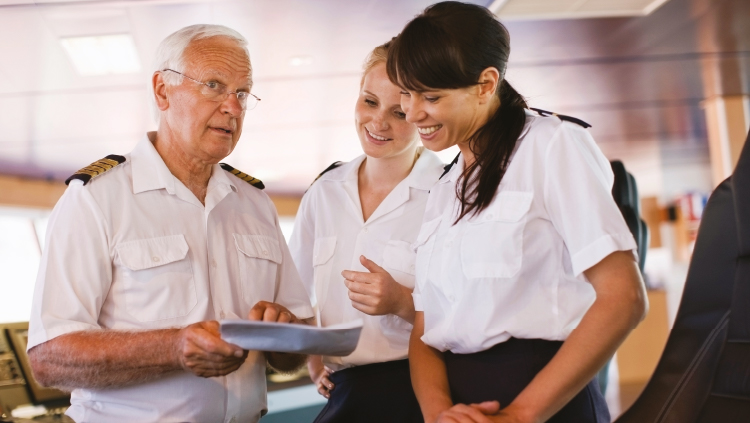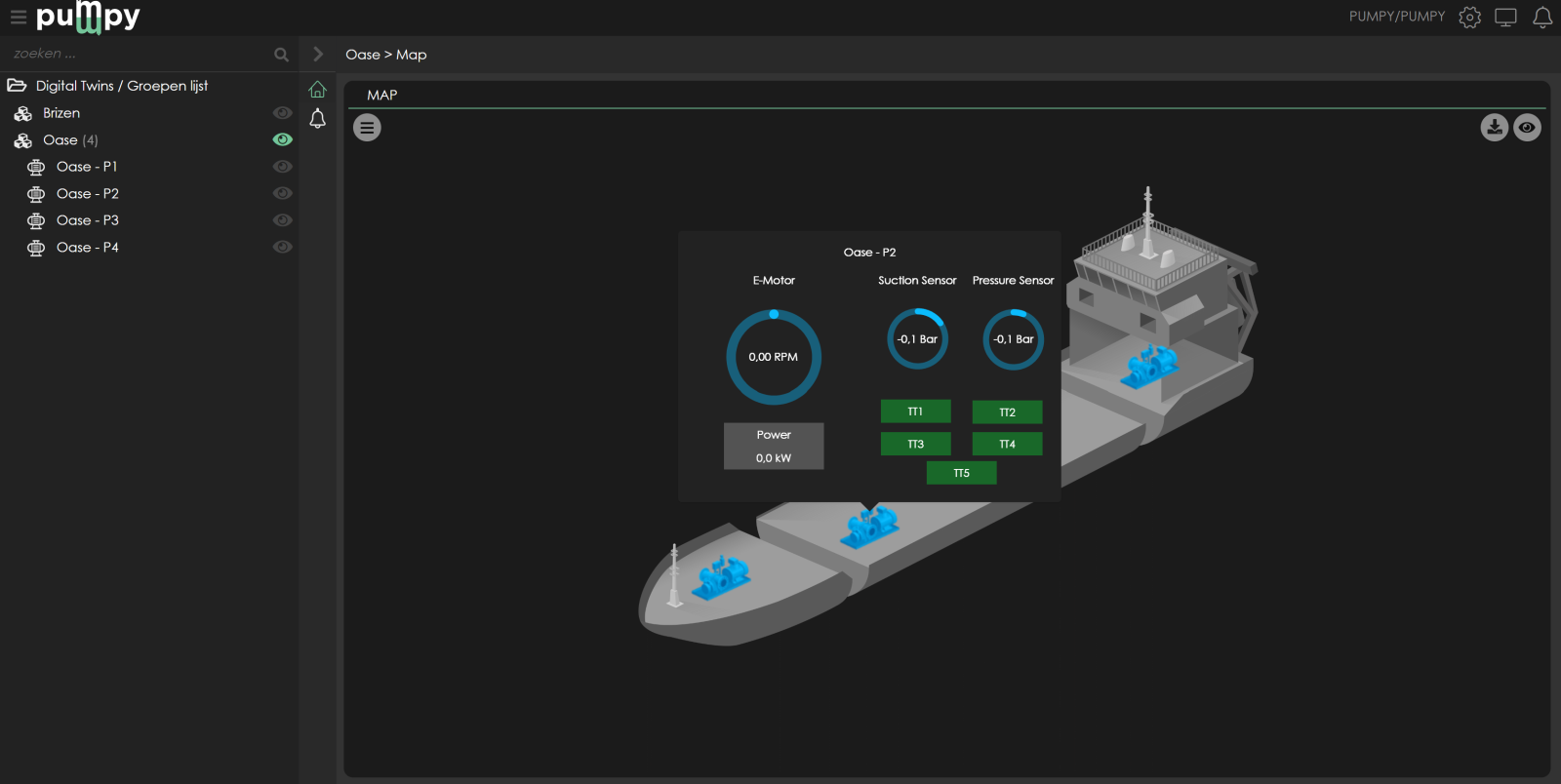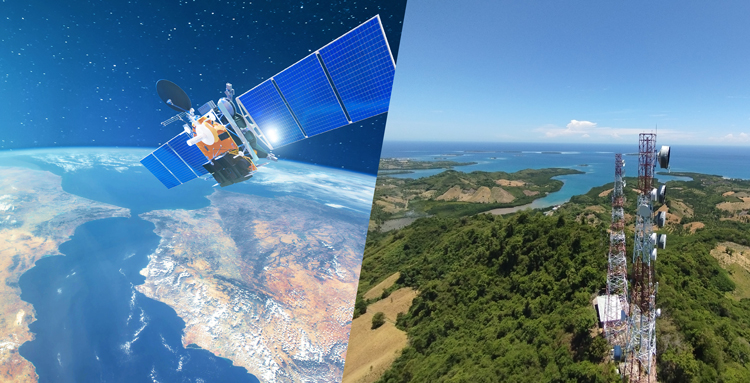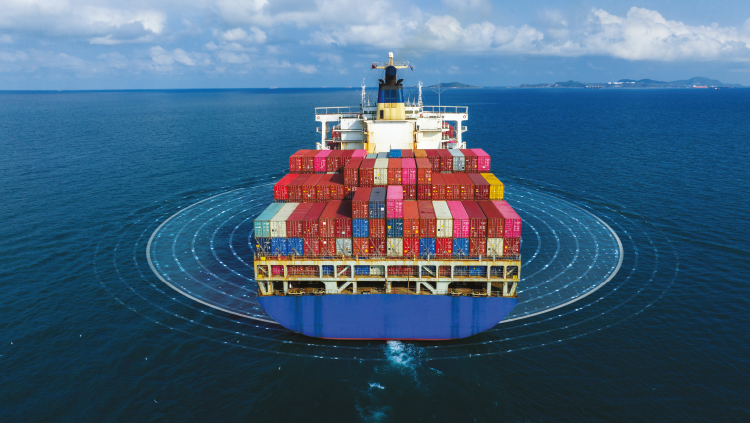Transforming the Maritime Industry with IoT and Digital Twins
The maritime industry is undergoing a significant transformation driven by rapid digitalisation and a push for sustainability. At the heart of this evolution are seafarers, whose roles are shifting to incorporate cutting-edge technologies like the Internet of Things (IoT) connectivity and digital twins. These innovations are not only enhancing operational efficiency but also driving the industry towards a more sustainable future.

IoT Connectivity: Real-Time Data for Enhanced Operations
IoT connectivity is revolutionising how seafarers manage and monitor vessel operations. By enabling real-time data exchange between ships and shore-based teams, IoT connectivity enhances situational awareness and allows for remote monitoring of performance and potential issues. This continuous data flow means seafarers can promptly identify and resolve problems, reducing the risk of accidents and improving overall safety standards. For instance, IoT sensors can monitor engine performance, fuel consumption, and environmental conditions in real time. This data helps seafarers make informed decisions, optimise routes, and ensure compliance with environmental regulations. Monitoring and analysing data remotely also allows for predictive maintenance, which can prevent costly breakdowns and downtime.
Digital Twins: Virtual Replicas for Real-World Impact
Digital twins are revolutionizing the maritime sector by transforming how operations are managed and optimized. These virtual replicas of physical assets, such as ships, engines, or equipment, are created using real-time data from IoT sensors. Digital twins enable seafarers to simulate various scenarios, test solutions, and optimize operations without risking physical assets.
One significant advantage of digital twins is their ability to facilitate predictive maintenance. By analyzing real-time data and historical records, digital twins can forecast future maintenance needs, helping seafarers address potential failures before they occur. This proactive approach not only enhances safety but also ensures more efficient operations.
Digital twins also play a crucial role in condition-based maintenance. This strategy assesses the physical state of equipment to determine the need for maintenance, eliminating fixed intervals. The digital twin utilizes sensor data to identify and trigger necessary repairs, ensuring maintenance occurs when needed.
An example is Pumpy, an innovative, comprehensive solution for maritime pumps. This product optimizes pump performance, enhances safety, and reduces operational costs using digital twin technology. The system integrates IoT connectivity, advanced data analytics, and digital twin modelling, enabling real-time monitoring, predictive maintenance, and remote diagnostics.

Navigating Connectivity Challenges in Maritime Operations
While the benefits of IoT connectivity and digital twins are transparent, ensuring uninterrupted connectivity presents a significant challenge, especially in maritime operations. Ships are constantly moving, often in areas with weak signal coverage. To maintain the integrity of digital twins, seamless communication between the vessel and the control room is essential.

Combining cellular and satellite solutions is especially beneficial for river cruises and near-shore operations where cellular coverage may be intermittent or unreliable. This hybrid approach ensures continuous connectivity, enabling real-time data exchange, remote monitoring, and enhanced safety measures, ultimately contributing to a safer and more efficient maritime environment. By leveraging the strengths of both cellular and satellite technologies, organisations can achieve a high level of network resilience and redundancy, ensuring uninterrupted connectivity even in the most challenging environments. This integrated approach enhances operational efficiency and productivity, improving safety, decision-making, and overall business continuity.
The Future of Seafaring
As the maritime industry continues to embrace digitalisation, seafarers are not just navigating the seas but pioneering a tech-savvy and greener future for maritime trade. By leveraging IoT connectivity and digital twins, seafarers enhance safety, efficiency, and sustainability. However, seafarers must continually upgrade their digital and technological proficiency to harness these advancements fully. Upskilling and reskilling initiatives are essential to preparing them for the maritime revolution, ensuring they can effectively use these tools to contribute to a safer and more sustainable maritime environment.
Conclusion
Integrating IoT connectivity and digital twins transforms the maritime industry, enhances operational efficiency, and drives sustainability. Celebrating the Day of the Seafarer, we must recognise seafarers’ evolving roles and contributions to a more connected and sustainable future. By embracing these technologies, seafarers are improving their operations and playing a crucial role in shaping the future of global trade.
Our team of experts is ready to assist in navigating the complexities of IoT connectivity and digital twins. Contact us for a detailed discussion on optimising your connectivity solutions and unlocking the full potential of digital twins for your asset management. Let’s honour seafarers’ hard work, dedication, and innovation daily. They are the unsung heroes of global trade, and their evolving role continues to shape a more connected and sustainable world. Contact us for a detailed discussion on optimising your connectivity solutions and unlocking the full potential of digital twins for your asset management.



